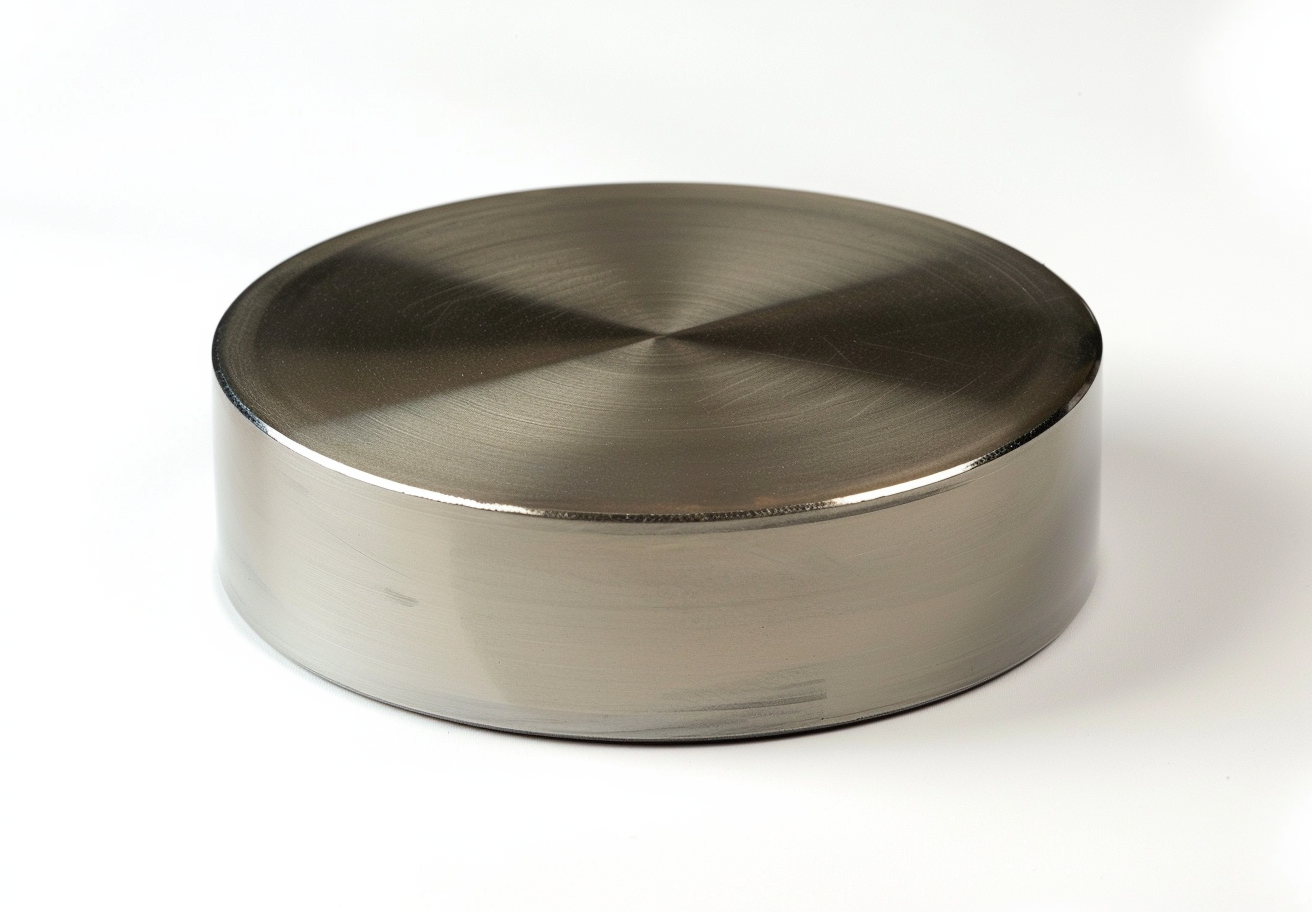How To Obtain Pure Chromium?
Introduction
Chromium, a chemical element was first discovered in 1798 by the French chemist Nicholas Louis Vauquelin. Its physical properties have led to various industrial applications. This article outlines the history of chromium from its initial discovery to modern techniques for extracting pure chromium.
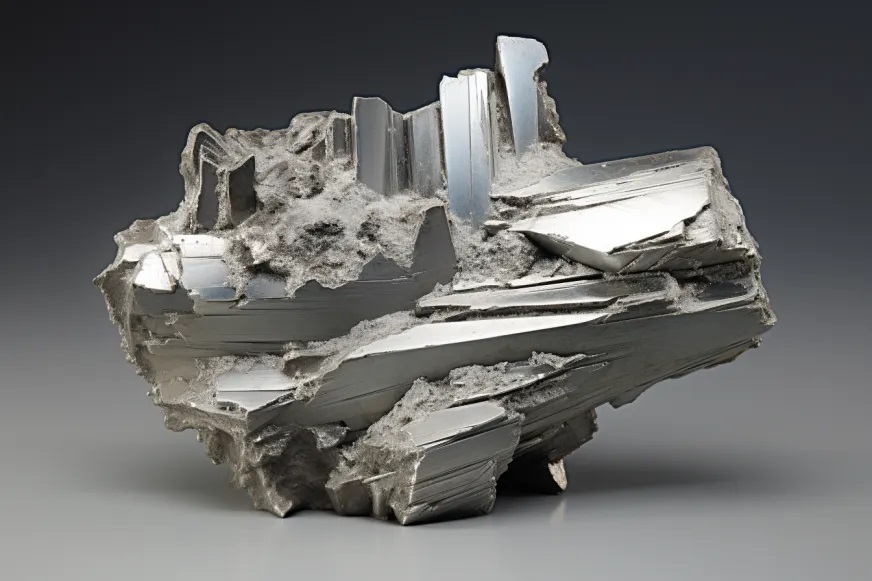
Discovery and Properties
Vauquelin examined a red mineral obtained from a Siberian gold mine, known as "Siberian Mennige". He sought to confirm the mineral's composition as lead. He dissolved the mineral in acid, precipitated lead and concentrated the remaining alkaline solution. The name "Chromium" originates from the Greek word "chroma", meaning colour. This designation reflects the element's capacity to produce a range of colours in solution. Subsequent studies established that chromium contributes to the green pigmentation found in emeralds.
The light blue-silver-white appearance and high corrosion resistance lead to the use of chromium in protective coatings.
Industrial Applications
Protective Coatings
Chromium's corrosion resistance substantiates its use in protective coatings for various applications. It is applied in combustion systems as a wear-resistant coating that extends the operational lifespan of certain components. In high-temperature fuel cells, chromium exhibits effective performance.

Decorative Coatings
In addition to industrial uses, chromium functions as a decorative coating. It is utilised on device controls and jewellery to achieve a polished finish while serving a functional role. The application of chromium nitride coatings on moving parts offers protection against wear and erosion.
Industrial Processes
Chromium is used as a coating material in several industrial processes. Its use as a chromium nitride hard coating enhances durability and provides protection in various manufacturing operations.
Production Methods
Aluminothermic Process
The primary method for chromium production is the aluminothermic process. In this process, chromium oxide is reduced using aluminium. The mixture of chromium oxide and aluminium powder ignites, and the reduction occurs as an exothermic reaction. The resulting chromium content may reach up to 99.8%, contingent upon the purity of the initial powder. Impurities such as aluminium, iron, silicon and sulphur are influential.
Electrolytic Process
For forming high-purity chromium, an electrolytic process is employed. This process achieves purities of up to 99.995% by dissolving CrO3 Cr(VI) in sulphuric acid. Chromium flakes are produced through galvanic deposition. Environmental concerns restrict the widespread use of this method.
Conclusion
The development of chromium from its discovery by Vauquelin to current production methods demonstrates its role in various industrial applications. Chromium is used for protecting components through coatings and for improving aesthetics via decorative treatments. As industry advances, efforts to produce pure chromium continue to address technological requirements and environmental considerations.

 Bars
Bars
 Beads & Spheres
Beads & Spheres
 Bolts & Nuts
Bolts & Nuts
 Crucibles
Crucibles
 Discs
Discs
 Fibers & Fabrics
Fibers & Fabrics
 Films
Films
 Flake
Flake
 Foams
Foams
 Foil
Foil
 Granules
Granules
 Honeycombs
Honeycombs
 Ink
Ink
 Laminate
Laminate
 Lumps
Lumps
 Meshes
Meshes
 Metallised Film
Metallised Film
 Plate
Plate
 Powders
Powders
 Rod
Rod
 Sheets
Sheets
 Single Crystals
Single Crystals
 Sputtering Target
Sputtering Target
 Tubes
Tubes
 Washer
Washer
 Wires
Wires
 Converters & Calculators
Converters & Calculators
 Write for Us
Write for Us
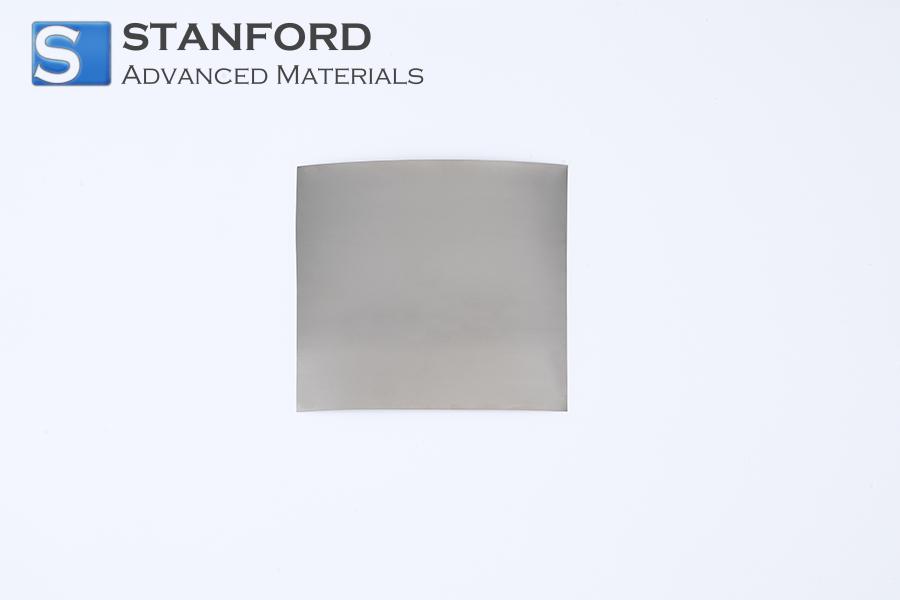
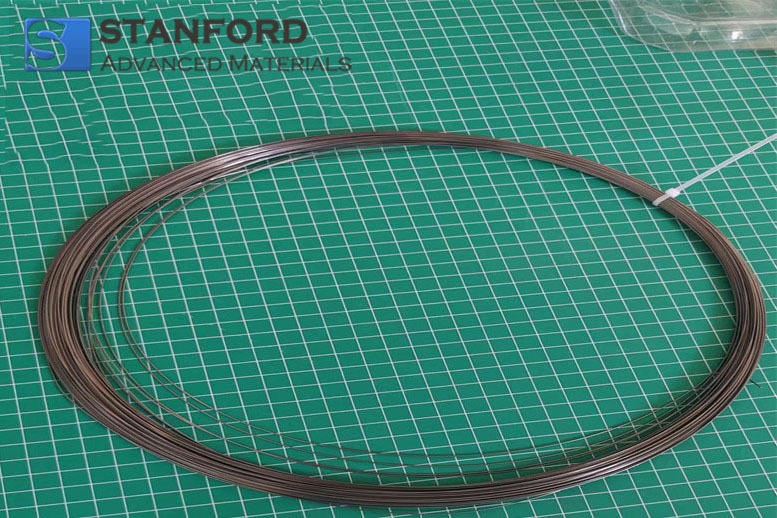
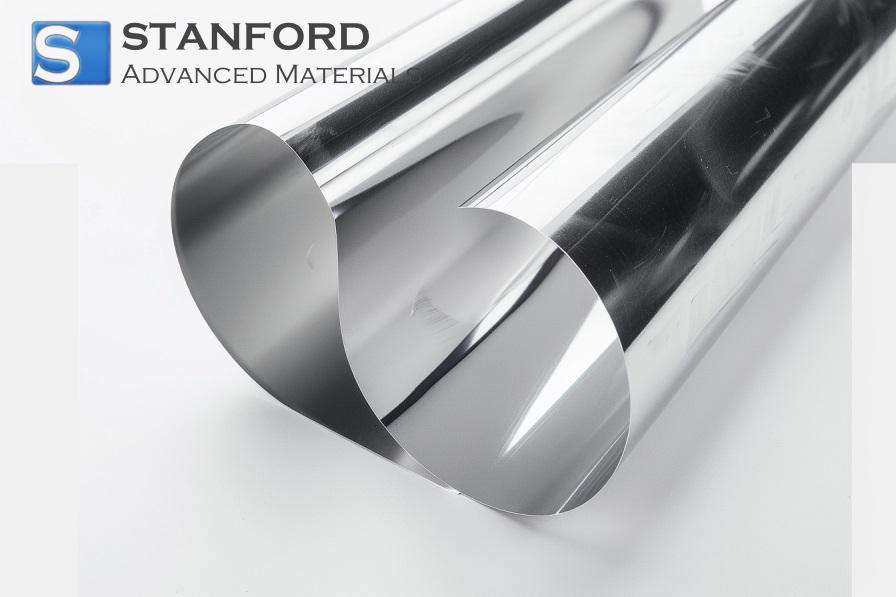
 Chin Trento
Chin Trento

